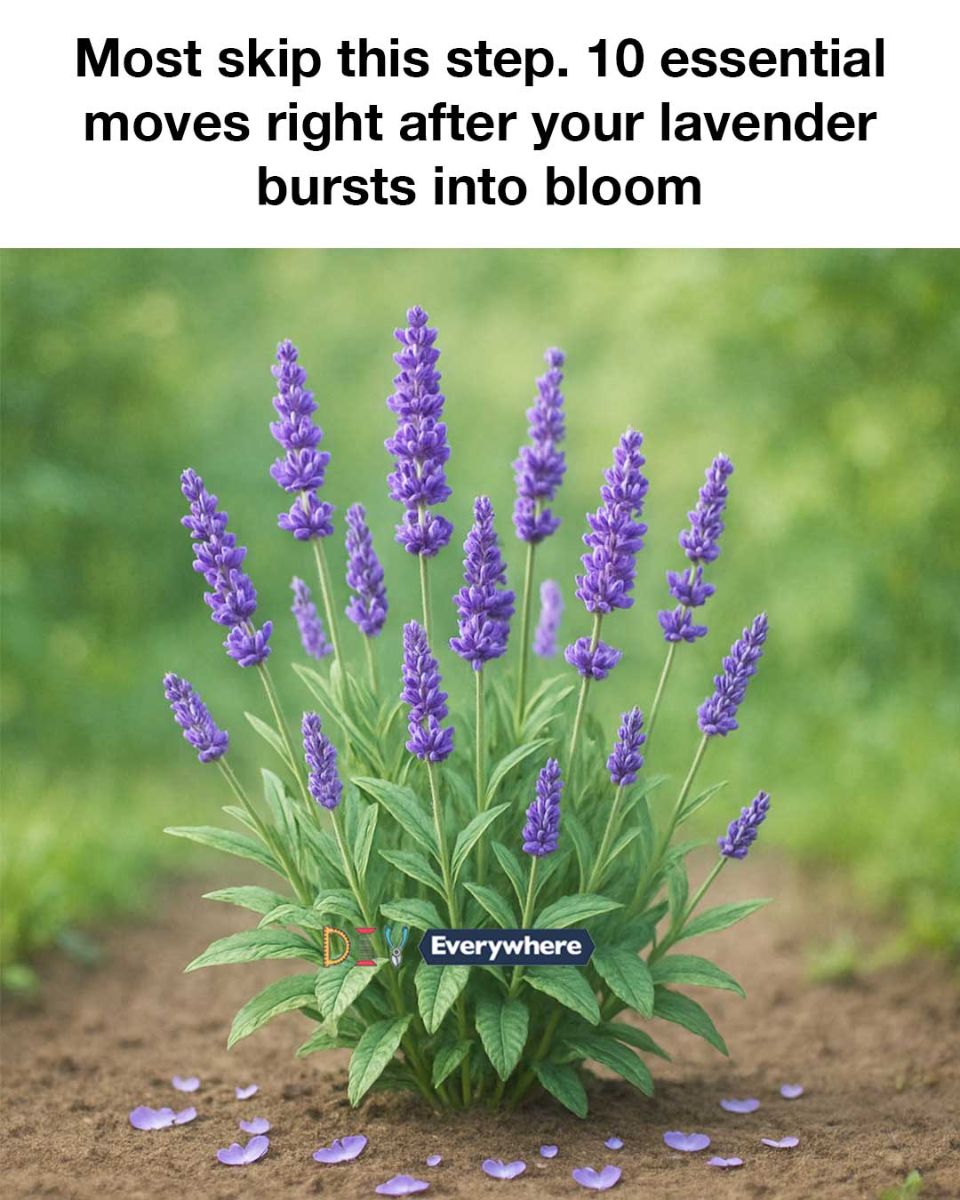Lavender, with its enchanting fragrance and vibrant purple blooms, is a beloved addition to many gardens. However, once your lavender bursts into bloom, there are crucial steps to ensure it remains healthy and continues to thrive. Many gardeners overlook these essential tasks, which can lead to less vigorous plants and diminished blooms in the following season.
To make the most of your lavender and ensure it continues to bring beauty and fragrance to your garden, it’s important to follow a few key practices. Here are ten essential moves to make right after your lavender blooms, ensuring your plants stay healthy and productive.
Advertisement
1. Prune for Healthier Growth
Pruning is vital for maintaining the shape and health of your lavender plants. Right after blooming, use sharp, clean shears to trim back about one-third of the plant’s height. Focus on cutting just above a pair of leaves to encourage bushier growth. Avoid cutting into the woody part of the plant, as this can damage it and inhibit future growth.
Regular pruning helps prevent the plant from becoming leggy and encourages more blooms in the next cycle. By maintaining a compact shape, you also reduce the risk of the plant splitting under its own weight.
2. Deadhead Spent Blooms
Deadheading, or removing spent blooms, is crucial for encouraging continuous flowering. Once the flowers start to fade, use scissors or pruning shears to cut them off just above the first set of leaves below the bloom. This process redirects the plant’s energy from seed production back into root and foliage growth.
ADVERTISEMENT

